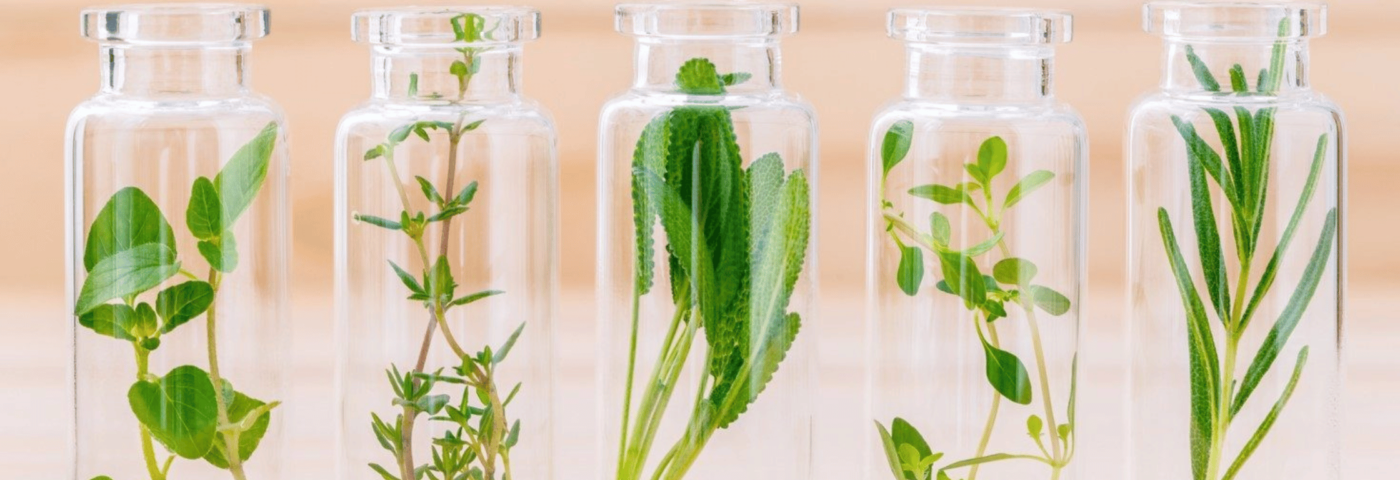The Patagonia “give away” really got me thinking. You remember: in September, Yvon Chouinard, the eccentric rock climber, reluctant billionaire who founded Patagonia, (now valued at about US$3 million) gave away the company to a specially designed trust and nonprofit organization to ensure that all profits — some US$100 million a year — are used to combat climate change and protect undeveloped land around the globe. Wow! Now that’s a statement.
We all know the statistics about climate change and global warming, about plastic vs fish in the oceans. But how many of us are doing anything about it?
Patagonia is also remembered for their daring Black Friday ad campaign: “Don’t Buy This Jacket—instead, reduce, repair, reuse, recycle and reimagine.”
Other consumer based companies are making an effort. Look at fashion. There’s lots of chatter about sustainability and carbon footprint but in fact the supply chain for this industry has a lot of work to do. Resale, however, is booming. It’s outselling traditional retail by three times and has been for several years.
Poshmark (a leading social marketplace), RealReal (a consignment platform) and ThreadUp (a thrifting destination) are trending. Goodwill, a well known thrift shop, founded in 1902, has recently launched a luxury division! Luxury US department stores, such as Nordstrom, have created resale departments in store and on line.
Cuyana, a California based cashmere retailer has opened a resale division. “We believe time is the new luxury. Fewer, better celebrates a style of life valuing a simpler, smarter way. Designed for longevity and made responsibly.”
Another California company, Climate Candy, is turning unharvested fruits and vegetable into candy chews. They’re responding to the fact that one-third of all food produced by farmers around the world is never consumed.
What’s Beauty Doing?
We’re doing a lot of talking, but not unlike fashion, it’s going to take a while to incorporate meaningful changes. Our supply chain is deeply entrenched in old models.
We love plastic, 5% of which was recycled in the US last year. We love beautiful packaging. It’s part of our allure. We produce about 120 billion units of it per year! 30% of landfill is consumer packaging.
What we’re currently doing is putting much of the burden on the consumer’s back. Recycling guidelines vary from city to city across the US. Much of our cosmetic packaging is either too small to qualify or various materials (i.e. glass and metal with a fragrance bottle or plastic and metal in a cap) that cannot be separated.
Consider wipes: we consume over 16 million of them annually in the US. US municipalities shell out at least US$1 billion annually on maintenance to remove clogs caused by wipes, according to the National Association of Clean Water Agencies. I’ve seen numbers five times higher than this from various sources.
While I’m reluctant to single out brands, I do have a great example. I LOVE Diptyque: home fragrance, fine fragrance, skincare, candles and their most recent addition, home cleaning products. With the exception of the latter, their glass packaging cannot be recycled (or refilled) because the pumps are crimped onto the glass bottles. I’ve tried unsuccessfully, using every tool at my disposal to remove the pump. I’ve contacted the company several times and they claim to be working on it. Again…it takes time to change the manufacturing protocol.
Young brands, starting from scratch are finding ways to address the challenge. True Two All, Ember Wellness and Koope, as examples, are limiting skincare regimens to 2 steps. They claim they will only launch new products when there’s really a need (consumer pressure and retail pressure are realities here, I’m afraid).
Many brands are launching multi-use products: color cosmetics with skincare benefits, balms than can be used anywhere on face/body/hair, eye cream/lip balm combination. Violette, a French brand recently launched Boum-Boum Milk, claiming to be a toner, serum and moisturizer all in one. Ilia Super Serum Skin Tint SPF 40 is a real multi-tasker. 1821 Man Made Carry-On 4-in-1 Travel Foam: shampoo, conditioner, face/body wash, shave gel is just about everything you need in one package. BB Creams have been in this position for years, but the category has been re-energized in an effort to further streamline the beauty process.
Saks Fifth Avenue just partnered with TerraCycle to launch a beauty recycling program to encourage shoppers to give their beauty packaging a second life. Customers can mail eligible containers via prepaid shipping labels, downloadable on the store’s website, or drop off their empties to the designated collection bin in store. The collected waste will be sorted, consolidated and sent for processing to become new raw resources ready to be transformed into new products. The program is open to all hair care, skin care and cosmetic packaging, no matter where it was purchased.
So yes, the industry is trying. But it’s a long, uphill road lined with obstacles.
In terms of “reducing” consumption, we need to remember 70% of US GDP is based on consumer spending (compared to about 50% in Europe and about 38% for China). Our economy grows when people shop! “Retailtainment” is a factor. Pre Covid, wandering through stores was a serious pastime, full of things to do, see, smell, eat and generally experience. While much of our shopping has moved online, that IRL shopping spree—full of experience—is something we love and yearn for. Another tough habit to break.
So I have no answers, only questions: can we shop more responsibly? Can beauty companies really change their model and become more sustainable? If so, how long will it take to modify the entire supply chain? We’re clearly facing many global challenges and simply can’t look away any longer.
Enjoyed this article? Get more by subscribing to our newsletter!

